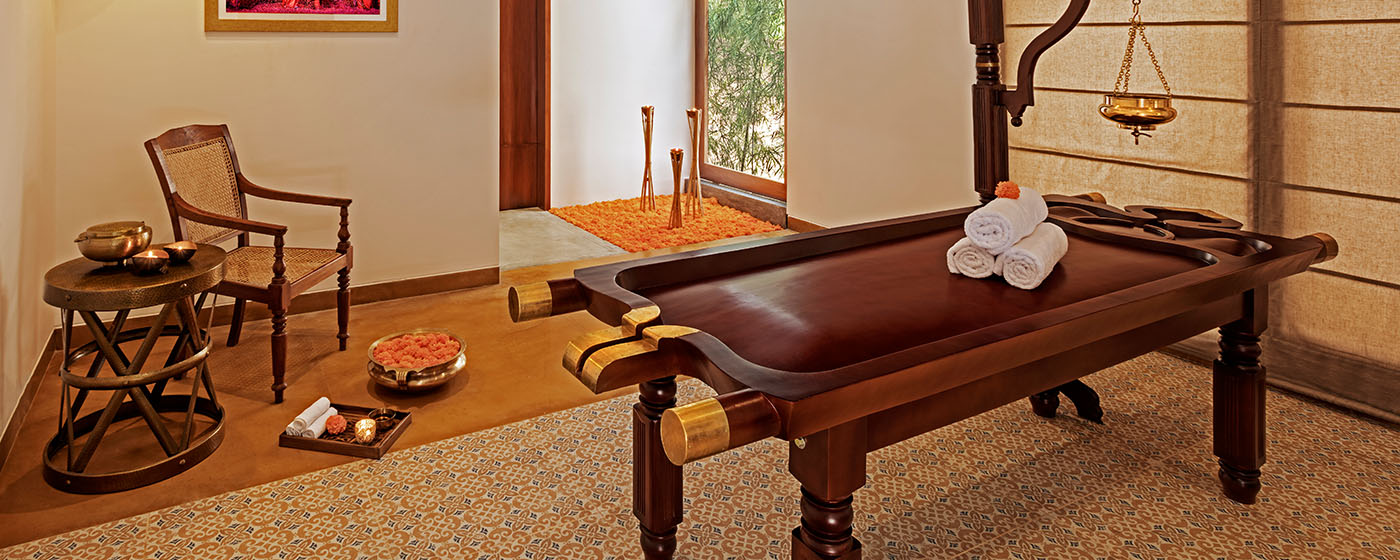
Panchakarma
This is a five fold procedure for eliminating accumulated impurities from the mind body physiology. Pancha, in Sanskrit means "five" and karma means "action". Panchakarma therefore refers to the five actions that are considered the most powerful, purifying, and rejuvenating procedures in Ayurveda. This unique treatment aims at correcting the imbalance of the biological energies – Vata, Pita, and Kapha in order to maintain their inherent equilibrium. During each season of the year, one or more of the doshas accumulate, which results an imbalance and makes the body prone to illness. Changes occurs in both the mind and body of the individual. This entire process is designed to facilitate the deep–rooted release of stress, and to encourage the individuals to surrender to the healing process.
The five fold treatment during Panchakarma is not only intended for elimination of disease causing toxins but also to replenish the tissues with nourishment. Therefore this is also termed as Ayurvedic Rejuvenation therapy.
There are three integrated components of the panchakarma process: the preparation phase [in Sanskrit known as Poorva karma], the principal procedures [Pradhana karma], and the post treatment care which includes diet regimen and other dos and don'ts [Paschat karma].
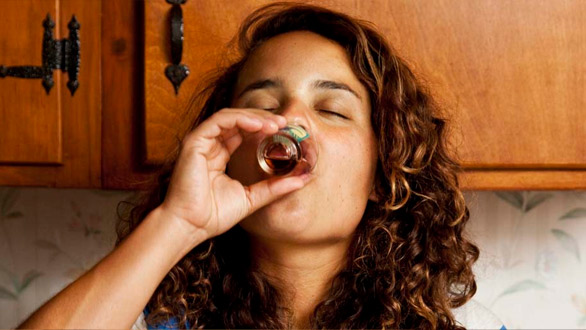
Sneha Panam
(Preparatory Procedure)
The initial, preparatory phase of the Panchakarma therapy (which can also be used as an independent procedure), the Sneha Panam involves the consumption of medicated ghee. The ghee collects the unwanted toxins from the body and helps eliminate them, thereby purging the alimentary systems.

Poorva Karma
Which is designed to prepare the body for the elimination of imbalances, has two aspects; snehana or oleation and Swedana or heat treatment. Snehana includes both internal and external oiling of the system. According to Ayurveda pure herbalised oils are able to permeate the cells and tissues, encouraging the release of stored toxicity. During the preparation phase, persons are instructed to take increasing quantities of medicated ghee or oils by mouth, which are designed to lubricate the digestive system and mobilize toxicity so it can be eliminated. Oilation is also provided externally through massage. An experienced Physician can decide which mode of oilation is effective for each individual.
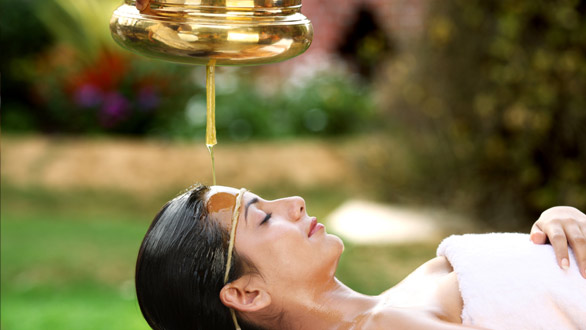
Pradhanakarma
(Principle Procedures)
Once the preparatory therapies have loosened and mobilized the toxins, the principal procedures are begun in order to eliminate the impurities from the body.
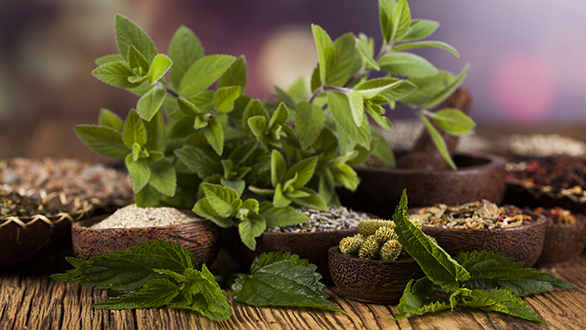
Virechanam
Virechanam is a procedure that involves the purging of Pitta toxins downwards through the natural alimentary passage, and out through the anal orifice. A herbal tonic is administered orally, which helps to loosen the Pitta dosha from the body, and the body can then excrete the toxins. As always, the herbal decoction is specific to each individual. Virechanam cleanses the digestive tract, and is effective in treating constipation, piles, spleen and liver ailments, and any other maladies of the alimentary system. Its purging effect also proves beneficial for skin-related problems.
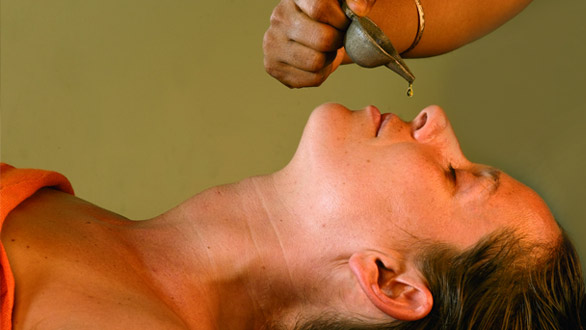
Nasyam
Ancient civilizations often considered the nose to be the source of life. The Nasyam technique focuses on this vital sensory organ, and involves administering a combination of herbal powders, juice of fresh leaves, oil or ghee through the nostrils. Nasyam helps to clean the nasal tract, and also enhances functioning of the olfactory senses. Nasyam can be a preventive, curative or rejuvenative therapy that stimulates the nervous system, prevents early ageing, strengthens the ciliary muscles, thereby corrects eye disorders like ptosis, visual acuity and cataracts. It detoxifies the sinuses, frontal lobe, nasal cavities, eustachian tubes and the trachea, and thereby improves sensory perception and vocalization. Nasyam can also benefit those suffering from mental disorders, anxiety neurosis, skin pigmentation or dryness, hemicranias and migraines.
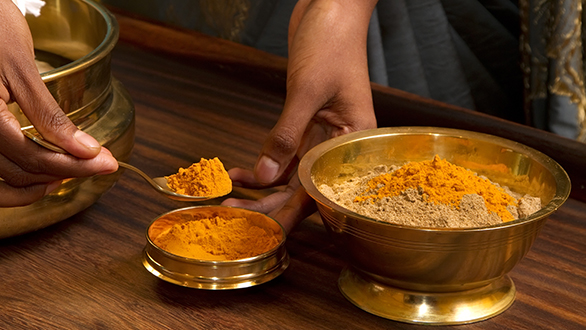
Vasthi
Vasthi introduces herbalized enemas through the anorectal cavity, to help expel all three vitiated doshas, namely, Vata, Pitta and Kapha. Vasthi activates the sympathetic and parasympathetic nervous system, and thereby restores the physiological equilibrium of the body.
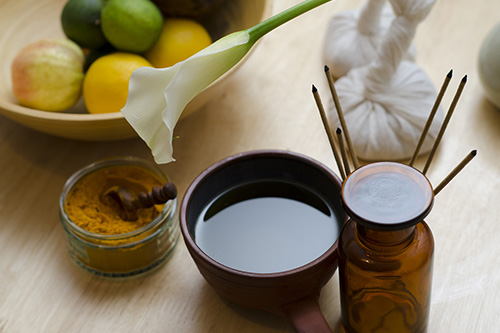
Anuvasanavasthi
Similar to the Vasthi therapy, the Anuvasanavasthi administers medicated lubricants like oil, ghee or herbal milk through the anorectal cavity. The lubricant helps to counter any effects of toxic expulsion on the rectal opening.

Nirooha Vasthi
Another procedure involving enemas, the NiroohaVasthi uses herbal decoctions combined with herbal pastes, herbal oils, milk and honey to induce excretion. By purging the digestive system, NiroohaVasthti can eliminate impurities, accelerate digestion, and correct peristaltic movements. The therapy is also beneficial for the pelvic floor muscles and can prevent uterus or bladder prolapse, as also reduces the hormonal imbalance post-menopause or hysterectomy. It has an important role in the treatment of neurological, arthritic and systemic disorders. It is one of the most important procedures in Panchakarma.
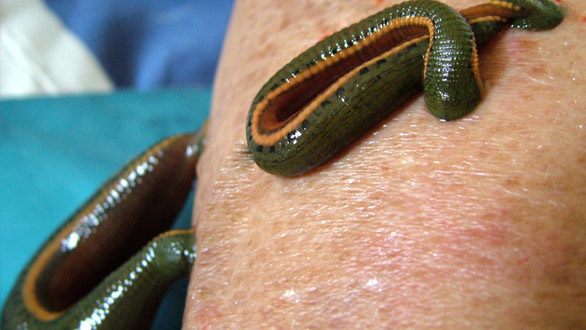
Rakta Mokshana
Rakta Mokshana literally means 'bloodletting', and is an ancient therapeutic method to cleanse and detoxify the arteries and veins. The most commonly practiced method of bloodletting involves placing leeches on various parts of the body - not for the faint-hearted. There are other methods of blood-letting as well, and the procedure is selected based on an individual's constitution, age, body strength and degree of toxicity in the blood, as also the weather at the time. Rakta Mokshana can prevent iron overload, cure skin lesions and reduce the pain and swelling at certain stages of arthritis. All the five procedures of elimination are not needed for each person. The selection of procedures depends upon the constitution, intensity of toxicity, age and body strength and weather. After a detailed discussion an expert physician can suggest the treatment modalities.
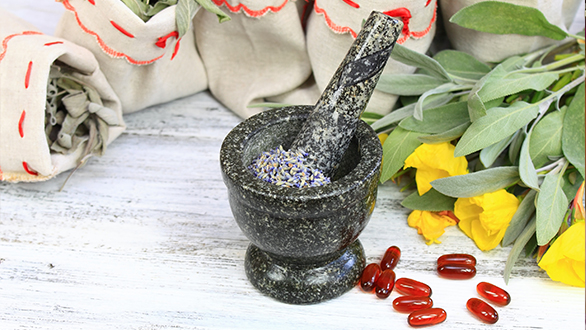
Paschat Karma
(Post Procedure)
Paschat Karma is the final, post-procedural stage of the Panchakarma treatment. It involves a diet regime of light, easily digestible, wholesome food with little or no spice, to rekindle the digestive fire and prevent accumulation of impurities. Paschat Karma helps to reinforce the benefits accrued after the Panchakarma treatment, and with regular meditation, oil massages, Pranayama and Yoga, can open the channels of the body and mind.


